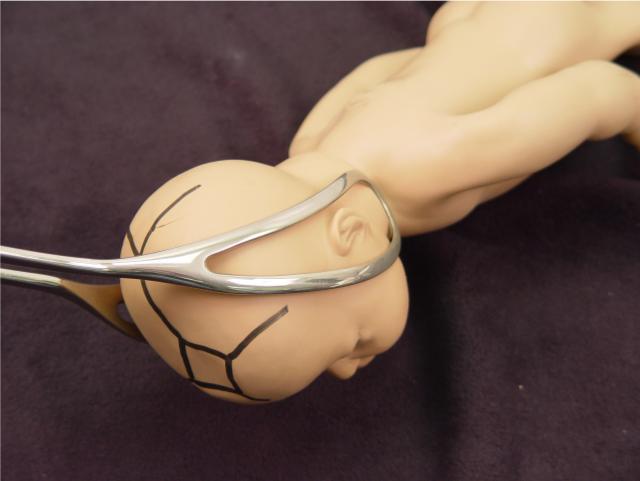|
Operative delivery means the use of obstetrical forceps or cesarean
section to achieve the delivery. Operative delivery is indicated any
time it becomes safer to delivery the baby immediately than to allow
pregnancy to continue.
Indications for operative delivery are many,
but a partial list includes:
- Maternal hemorrhage
- Uterine rupture
- Unremediable fetal distress
- Fetal intolerance of labor
- Maternal exhaustion
- Failure to progress in labor
- Failure of descent in labor
- Arrest of labor
- Uterine inertia
- Placenta previa
- Placental abruption
- Previous cesarean section
- Previous perineal repair for incontinence
- Fetal malformation
Any condition that increases the
maternal risk for pushing, including:
-
Stroke
-
Cerebral aneurism
-
Eclampsia
Fetal malpresentation or malposition,
including:
-
Fetal transverse lie
-
Breech
-
Deep transverse arrest
-
Face presentation, particularly mentum posterior
|
 These indications are sometimes relative, not absolute, and clinical
judgment must be applied in any individual clinical situation to
determine whether operative delivery is a good idea or not. Other
aspects of clinical judgment are the specific form of operative delivery
(forceps vs. cesarean section) and the timing of the operative delivery. These indications are sometimes relative, not absolute, and clinical
judgment must be applied in any individual clinical situation to
determine whether operative delivery is a good idea or not. Other
aspects of clinical judgment are the specific form of operative delivery
(forceps vs. cesarean section) and the timing of the operative delivery.
|

|